Where to plant the beautiful Astilba - in the sun or in the shade?
The fluffy panicles of astilba, its decorative greenery and unpretentiousness attract many gardeners. It remains to be seen where astilba grows - in the shade or in the sun? You can plant a flower in almost any area. It is undemanding to lighting, blooms luxuriantly both in the shade of shrubs and buildings, and in an open area bathed in the sun.
What does Astilba love?
Astilba is an ornamental herbaceous perennial of the Kamnelomkovy family. It has intricate openwork leaves and graceful panicle inflorescences. From a distance it seems that there are no flowers on the panicles at all. During flowering, the bush seems to be covered with colored fluff. But if you look closely, you can see thin petals and stamens.
Any lighting is suitable for Astilbe. The only thing that it is demanding for is soil moisture. If the earth is constantly moist, then the flower grows and develops well. To do this, experienced gardeners mulch the soil with cut grass or peat. Mulch slows down moisture loss, prevents weed growth, protects the root system from overheating.
How does it grow in the shade?
You can often hear the opinion that astilba loves shade. This was due to the excellent shade tolerance of the plant.
In the shade, the plant takes root well and does not suffer from overheating. For the growth and flowering of astilbe, 2-3 hours of sun in the morning and evening are enough.
It blooms especially magnificently in the light shade of bushes. Panicles can retain their decorative appearance for a month. Many growers combine different varieties in such a way that flowering lasts from June to September.
How does it grow in the sun?
Sunny areas are worth their weight in gold. There are many light-loving plants, but few shade-tolerant ones. Therefore, astilba is rarely planted in the sun.
There is another reason: in the sun, the flowering of astilba is short - the delicate flowers quickly fade and fall off. And without regular evening and morning watering, she risks dying.
When planting in the sun, mulching the soil is of paramount importance. The mulch layer should be at least 5 cm. The optimal planting site is near a reservoir. At first, the young plant is shaded in the midday heat. As they grow, the bushes become more resilient.
Among the many varieties of astilba, there are those that prefer the sun - "Gloria", "Weiss Pearl", "Bergkristall".
Problems that may arise
Astilba is not prone to disease and is rarely damaged by pests. However, many complain that the flower does not take root, does not bloom, or does not open panicles. There may be several reasons for this:
- Lack of moisture. Astilba loves water very much. The topsoil must remain moist at all times. Otherwise, the plant will suffer.
- Bare rhizome. The flower has a superficial root system that sometimes grows upward. Therefore, soil is periodically poured under the bush.
- Pests. In case of poor growth, it is recommended to excavate the astilba and carefully examine the roots. Often they are injured by mice, shrews, ants, beetle larvae.
- Old root system. Every 4–5 years, the plant requires renewal of the root system. If astilba does not bloom well, you need to dig it up and cut off some of the old roots. Or divide the bush and plant it.
- Bad landing site. An unpretentious plant is sometimes capricious for unknown reasons. It seems that the sun is in moderation, and the soil is fertile, and there is enough moisture, but I don't like something. In this case, the flower should be transplanted to a new place by treating the roots with Gumi, or mixed with Fitosporin.
The flower tolerates transplants well. It can be divided and moved even during the flowering period.It is enough to choose a not hot, cloudy day.
So, astilba is suitable for growing in the shade and partial shade. Here she feels great - grows quickly, blooms for a long time, does not require frequent watering. In the first year after planting, the astilba doubles in size, in the second year it throws out 1-2 panicles. In flower beds, it is often grown together with hosts, ferns, junipers, lilies, geraniums, hellebore.
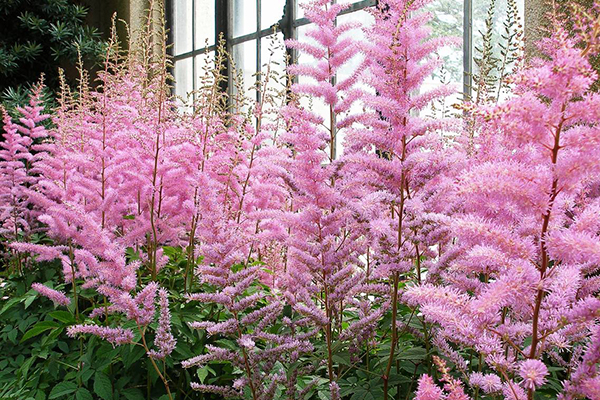
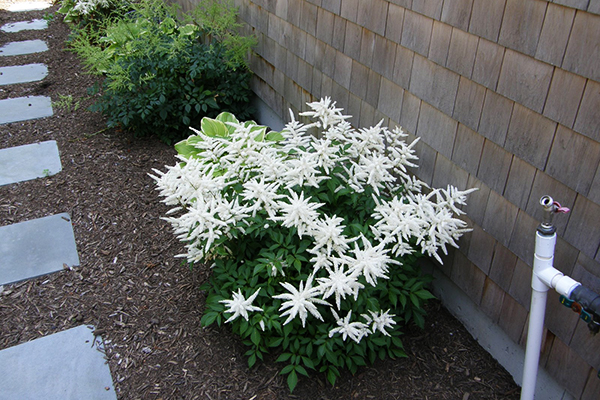
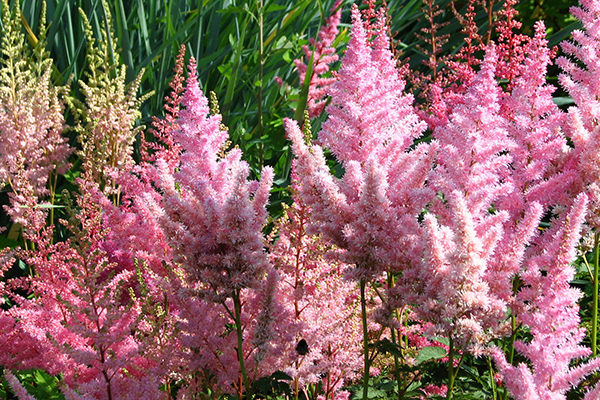
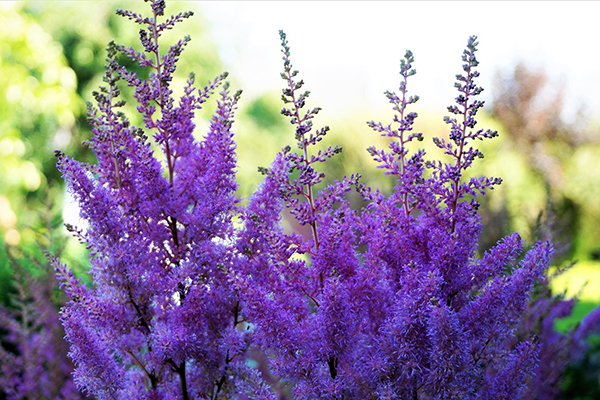

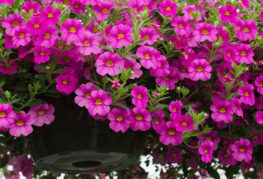
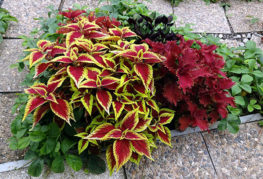


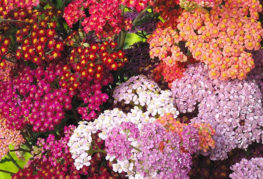
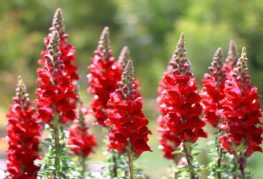
and will be published shortly.